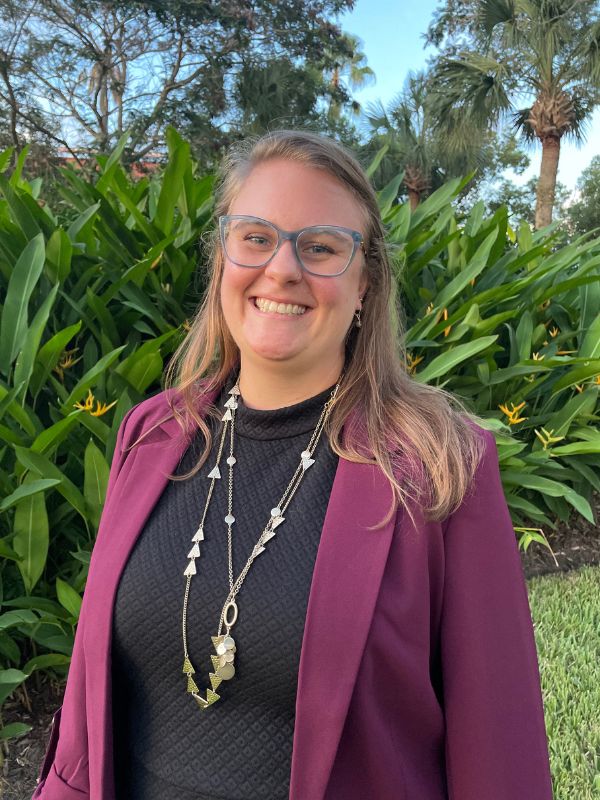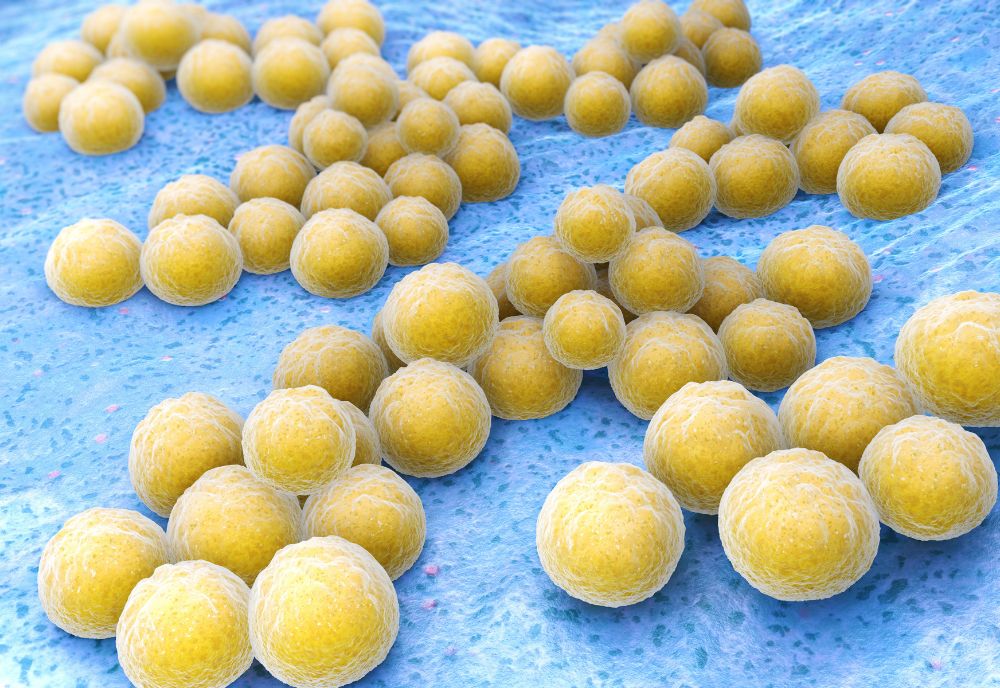The World Health Organization (WHO) labels antibiotic-resistant bacterial infections as one of the biggest threats to human health in the world today.

Dr. Prahathees Eswara. (Photo by Alessandra Casanova)
One bacterium that contributes significantly to this problem is methicillin-resistant Staphylococcus aureus (MRSA), which is responsible for hundreds of thousands of infections and tens of thousands of deaths every year.
“This bacterium is quickly becoming resistant to our antibiotics of last resort and it is imperative that scientists find new ways to treat these infections,” said Dr. Prahathees Eswara, associate professor in the USF College of Arts and Sciences Department of Molecular Biosciences.
Researchers in this department are tackling this problem from different angles, according to Eswara.
His lab, which studies bacterial cell division—a highly complicated process requiring the precise coordination of more than 20 proteins—is particularly focused on understanding the unique properties of the division process in pathogenic organisms like S. aureus.
“Through understanding the molecular details of this process, we hope to identify new antibiotic targets that could halt division completely in S. aureus and other pathogens,” Eswara said.
A recent graduate of the ‘Eswara Lab,’ Dr. Lauren Hammond has been studying an essential cell division protein in S. aureus called GpsB.
In collaboration with Dr. Yu Chen’s laboratory at USF Health, Hammond published two articles detailing the function of this protein and identifying regions of the protein that could be targeted for developing new antibiotics.
In the first article, “GpsB Coordinates Cell Division and Cell Surface Decoration by Wall Teichoic Acids in Staphylococcus aureus,” published in Microbiology Spectrum in 2021, Hammond conducted a genetic screen to discover the amino acid residues that are important for the structure and stability of GpsB. In the process, she also identified a region of the protein likely responsible for interacting with other division proteins.
“The screen also revealed a new interaction partner, a protein named TarG, that is essential in creating a thick cell envelope that protects S. aureus from the immune system and harsh external environments,” Hammond said. “The results from this study provide invaluable insight into both the structure and function of GpsB which can be used to create therapeutics that could disrupt its activity.”

Lauren Hammond, PhD. (Photo courtesy of Hammond)
In the follow-up article, “Staphylococcus aureus FtsZ and PBP4 bind to the conformationally dynamic N-terminal domain of GpsB,” which will be published in the eLife journal later this year, the researchers looked even closer into the interactions between GpsB and another key cell division protein, FtsZ.
They identified the exact amino acids within GpsB and FtsZ that facilitate this interaction. The researchers also discovered that a cell wall synthesis protein, PBP4, interacts through the same binding pocket of GpsB.
“With these new insights, we are aiming to target this binding pocket in GpsB for designing a novel antibiotic,” Hammond said.
Looking to the future, the Eswara and Chen labs have teamed up with Dr. Jianfeng Cai, a USF Preeminent Professor in the CAS Department of Chemistry, to generate novel antimicrobial peptides that target GpsB.
“We are in the process of characterizing the lead peptides,” Eswara said. “We are encouraged by the preliminary results and are excited to see this work that will hopefully help develop new therapeutics to combat life-threatening MRSA infections.”
